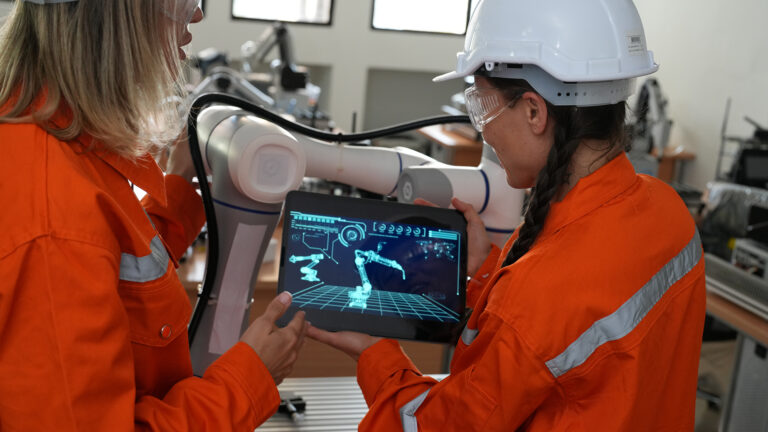The oil and gas industry has entered a new era with the transformation of operations through digital communication technologies that automate, provide remote monitoring and real-time asset management. These technologies offer the potential to accelerate reservoir productivity and recovery, improve efficiency and provide superior protection for physical sites, computer systems and workers.
Leveraging these technologies requires an advanced infrastructure. Nokia's oil and gas technologies offer the capabilities needed to bring the industry into the 4.0 era and support onshore and offshore operations, downstream operations that include mobile communications with next-generation operating systems and real-time applications running on a single private LTE and IP/MPLS network.
What can the private LTE and IP/MPLS network provide?
LTE technology enables oil and gas operators to create a broadband network based on industry standards that extend the reach of communications for exploration, transportation and production. It provides broadband speeds that enable real-time communications for critical monitoring, control and automation.
Private LTE offers high spectral efficiency and uses advanced digital communications techniques such as orthogonal frequency division multiple access (OFDMA), turbo coding and multiple-input multiple-output (MIMO). It operates in numerous frequency bands and adapts to different channel sizes, as well as different spectrum availability situations.
In addition, with higher RF transmitting power, better sensitivity and higher EIRP than other broadband wireless technologies, (like wifi), an LTE network can cover the same area with fewer base stations, which increases network efficiency.
IP/MPLS networks enable operators to create versatile networks for individual applications with privacy, security and reliability. It consolidates all applications into a single converged one that provides the high quality of service(QoS) needed for critical applications such as SCADA, land mobile radio and video surveillance.
IP/MPLS technology is the ideal complement to LTE, as its VPN capabilities can be extended over an LTE broadband wireless network while retaining its security and management quality. This aligned and consistent service across the network simplifies operations and optimizes costs.

Improve remote operations
For the oil and gas industry, critical applications are even more important as operations can reach remote and hard-to-reach locations. To maintain productivity and control operating costs, the ability to monitor and manage remote equipment, alarms, events and field personnel is required.
The private LTE and IP/MPLS communication solution for oil and gas simplifies remote operations by enabling:
- Monitor and troubleshoot hard-to-reach wells, pipelines and other collection points with high-definition video.
- Interpret and correlate the flow of data from numerous sources, digitize and automate business-critical processes.
- Collect logs and respond effectively to alarms and events generated in different locations.
- Enable geolocation of people, vehicles and assets, as well as wireless communications on offshore platforms and with ships.
- Monitoring of environmental conditions with IoT sensors.
- Low latency communications for autonomous vehicles and robots.
In short, digitization and automation are essential to improve the efficiency and sustainability of oil and gas companies. Nokia's communication solutions provide a reliable wireless infrastructure to improve productivity and safety. They can keep everything connected, from vessels to workers, sensors to operations centers.



